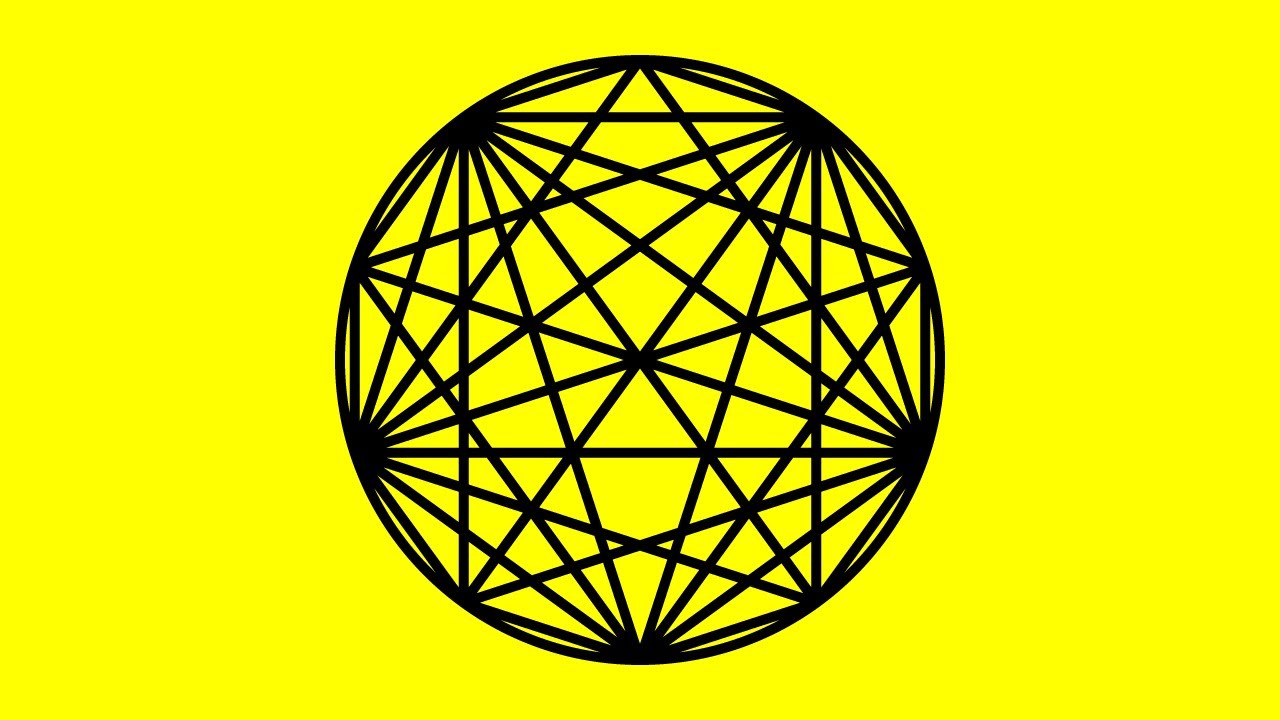A New Way To Look At Fibonacci Numbers
Unleash Your Creative Genius with MuseMind: Your AI-Powered Content Creation Copilot. Try now! 🚀
Mathematics can often be seen as a dry and challenging subject, but visualizations of mathematical concepts have the power to make it more accessible and interesting. Visual representations can bring clarity and excitement to otherwise abstract ideas, allowing a wider range of people to engage with and appreciate the beauty of mathematics. One well-known example of this is the Fibonacci spiral, which can be easily understood by creating squares based on the Fibonacci sequence and connecting them with arcs of a circle. But the use of visualization extends beyond just the Fibonacci spiral. Graphs of connecting lines or diagonals of regular polygons can create intricate patterns, and exploring modular frameworks and different number sequences offers endless opportunities for creating diverse designs.
Pisano Periods: Unlocking the Potential of the Fibonacci Sequence
Manipulating the Fibonacci sequence through Pisano periods is a fascinating way to explore its potential. The modulo operation, which finds the remainder when one integer is divided by another, can be applied to the Fibonacci sequence. This creates a repeating sequence of remainders, forming a looping pattern akin to a regular number line with a consistent modulus. The length of this looping part is known as the Pisano period.
Graphing the Pisano periods for different moduli reveals an interesting pattern: the periods generally increase as the modulus increases. This observation opens up a world of possibilities for creating designs by placing points on a circle and connecting them according to the sequence progression. The resulting designs can range from regular polygons to irregular shapes, each with its own unique beauty and complexity.
Unraveling the Symmetry: The Intriguing Relationship between Zeros and Design Symmetry
Upon closer analysis, an intriguing observation emerges: the number of zeros in a sequence correlates with the resulting design symmetry. Sequences with four zeros consistently create symmetrical designs, while sequences with one zero produce asymmetrical designs. Sequences with two zeros, on the other hand, can go either way. This correlation prompts further investigation and proof for any integer modulus used.
This discovery leads us to ponder the underlying reasons behind this relationship. Could it be a manifestation of a deeper mathematical principle? Is there a logical explanation for why four zeros always lead to symmetry? These questions beckon explorations into the nature of these designs and invite researchers to uncover the hidden patterns and connections within them.
Hidden Connections: Similar Designs and Potential Patterns
Another intriguing finding lies in the similarity between some designs, where only a few added lines distinguish them. For example, the designs for mods 13, 34, and 89, as well as mods 821 and 55, are almost identical. Not-so-coincidentally, these numbers happen to be Fibonacci numbers, suggesting a potential pattern. Similarly, mods 11, 29, and 76 and mods 7, 18, and 47 are part of the Lucas numbers sequence, which closely resembles the Fibonacci sequence. These observations hint at deeper connections and undiscovered patterns within the designs.
However, beyond these apparent similarities, it becomes challenging to identify visual connections between the rest of the designs. The hidden ways of grouping the designs remain a mystery, waiting to be uncovered by the inquisitive minds of mathematicians and researchers.
Shaping Designs: The Role of Moduli and Number Sequences
The choice of points to connect in potential polygons plays a significant role in shaping the designs, along with the modulus and the underlying sequence of numbers. Changing the base sequence from Fibonacci numbers to Lucas numbers or triangular numbers results in entirely different designs. Similarly, using prime numbers as the sequence of remainders leads to designs that primarily consist of 1, 3, 7, and 9 remainders, without looping patterns.
The Fibonacci sequence is undoubtedly an ingredient for creating these captivating designs, but it is not the only sequence that can be utilized. Exploring other number sequences with different moduli opens up a vast range of possibilities for interpreting and constructing unique designs, each showcasing its own distinct beauty and complexity.
Multiplying the Creativity: Altering the Sequence, Generating new Designs
Lastly, by substituting the regular Fibonacci sequence with a Fibonacci sequence multiplied by another number (e.g., 2 or 3), new designs emerge along with the existing ones. Interestingly, the regular sequence designs reappear in a pattern based on the multiplier. This emphasizes the flexibility and potential for creativity in this methodology, as altering the starting sequence can generate a whole new set of designs.
In conclusion, visual representations of mathematical concepts, such as the Fibonacci spiral and Pisano periods, have the power to engage a wider audience and make math more accessible and interesting. Through creative visualization, math becomes a tool that inspires creativity and enhances our appreciation of its usefulness in daily life. The exploration of modular frameworks, different number sequences, and the interplay of moduli and symmetry continues to unfold a world of possibilities and invites further research and analysis. By delving deeper into these captivating designs, we can uncover more connections, patterns, and hidden groupings, enriching our understanding of the inherent beauty and complexity of mathematics.
